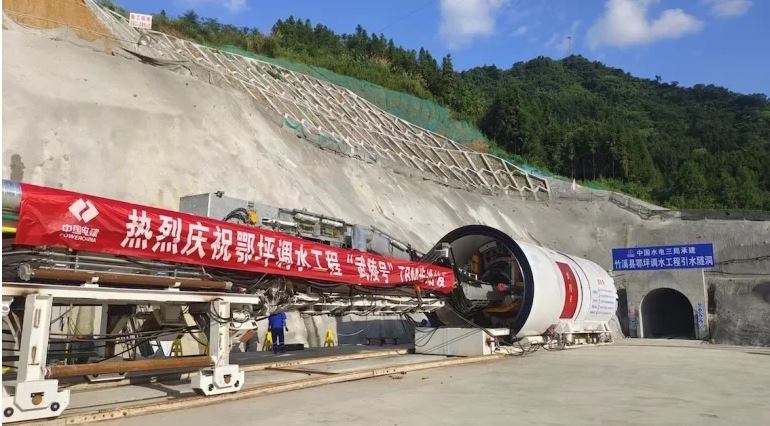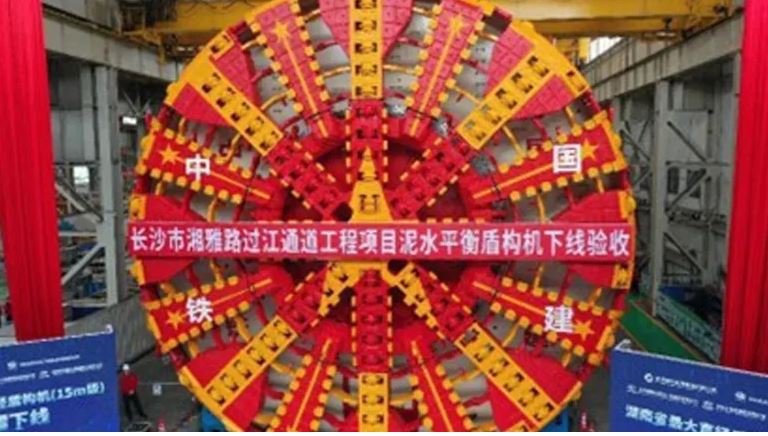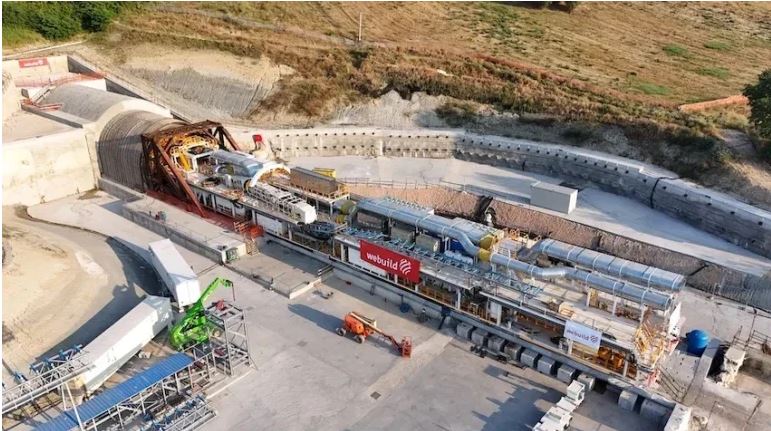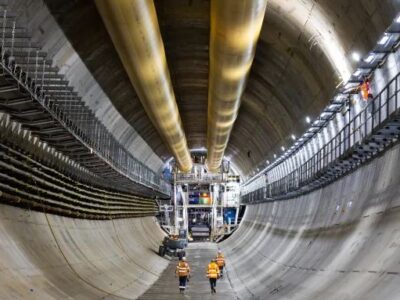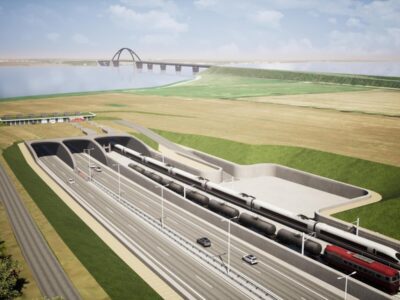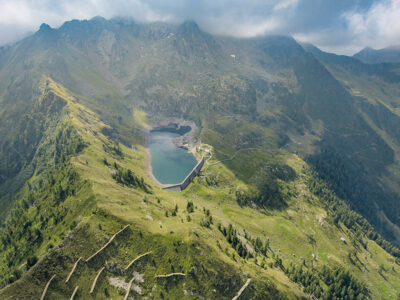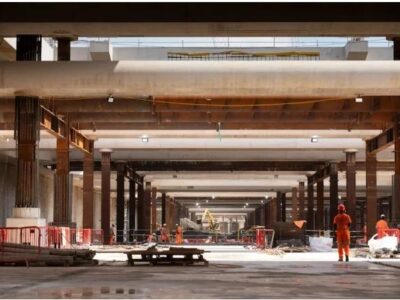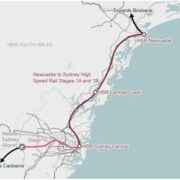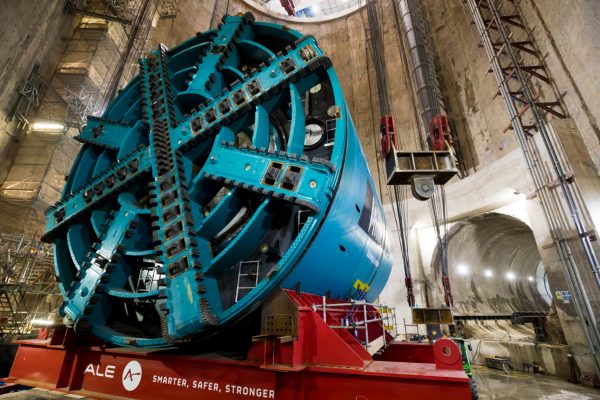
Following the recent passage of TBM Ursula beneath Tower Bridge, a critical section on the construction of Tideway, London’s so-called ‘super-sewer’, has been successfully accomplished.
The prolonged fear has always revolved around the fact that the tunnel could damage the iconic Victorian structure. An Aecom 2013 report suggested that the tunneling, even if the effect could not cause permanent structural damage could make the two towers rotate towards each other. In the event, no troubling effects were recorded by the invar barcodes installed by Tideway to detect any untoward movement during tunneling. It was also said that the detected movements were within tolerable levels.
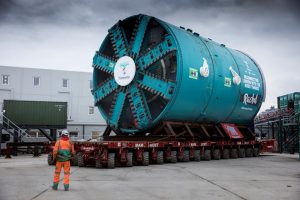
It was later confirmed by Tideway that the TBM was suspended for a period of nearly three weeks in the area of HMS Belfast about located at 500 m before Tower Bridge and that was due to the reasons namely as general maintenance, later verified this was.
The machine is the largest TBM of the project, with its sister TBM Millicent, featuring an 8.8 m diameter, weighing 1,300 t, and more than 100 m in length. Both were designed and built by Le Creusot in France by NFM and then shipped via Hamburg to London, a distance of approximately more than 800 km (500 miles).
At the site of Chambers Wharf in Bermondsey, Ursula is about to finish the boring phase, marking 7.6 km of tunnels after her launch in Battersea. 4,227 concrete segments have been built and fixed by the TBM up to now. The machine, running west to east, navigated a wide 90-degree bend that began at Victoria Embankment and ended at Blackfriars. Ursula and the other five TBMs working on the project have now completed about 19 km of the estimated 25 km tunnel length as they begin to work from west to east.
The contractors named Ferrovial and Laing O’Rourke are collectively delivering the core portion of the project between Fulham and Bermondsey. The first phase of tunneling from Battersea to Acton (western section) has already been completed by two other machines, and the easternmost section from Bermondsey to Stratford will commence soon afterward. At depths of 30-65 m, Tideway flows mainly under the River Thames, moving sewage eastwards under gravity.
The project estimated as being £ 1.1 billion ( US$ 1.4 billion) is planned to intercept, store and eventually avoid the annual entry into the river of around 39 million tons of raw waste by combined sewage overflows. Construction is estimated to be accomplished in 2025.


